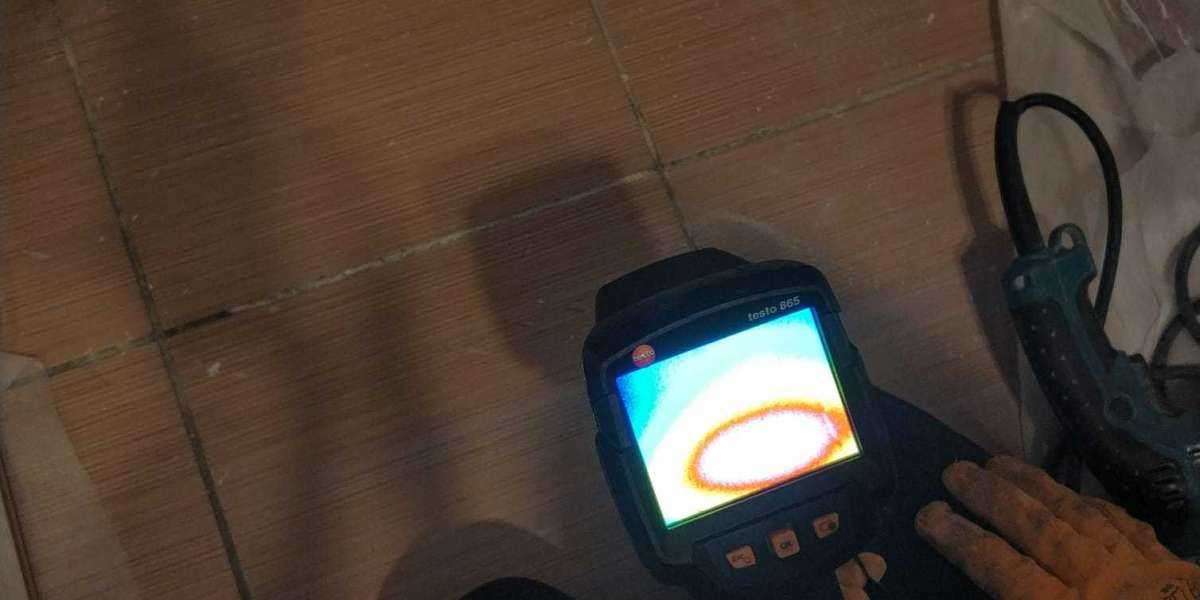Introduction:
The year was 2003, and on a fateful morning in September, the world watched in shock and disbelief as tragedy struck the international space community. The Space Shuttle Columbia, a symbol of progress and innovation, met a tragic end when it disintegrated upon re-entry into the Earth's atmosphere. With seven courageous astronauts on board, the harrowing incident brought grief and reflection on the risks faced by those who venture beyond the boundaries of our planet.
Details:
On February 1, 2003, the Space Shuttle Columbia began its descent back to Earth after a successful 16-day mission in space. Commanded by Colonel Rick D. Husband, the crew also comprised Pilot William C. McCool, Payload Commander Michael P. Anderson, Mission Specialist Ilan Ramon, Naval Captain David M. Brown, Mission Specialist Kalpana Chawla, and Flight Engineer Laurel Blair Salton Clark. As the spacecraft re-entered the atmosphere, a catastrophic event occurred that forever changed the trajectory of the crew's mission.
At approximately 8:59 a.m. Eastern Standard Time, just 16 minutes before its scheduled landing, communications with Columbia abruptly ceased. Spectators near NASA's Kennedy Space Center reported seeing a bright streak of light across the sky as the shuttle broke apart, resulting in a devastating explosion felt for miles around. It quickly became evident that something had gone terribly wrong.
Over the subsequent days, search and rescue missions were launched across various regions of Texas and Louisiana, where debris from the shuttle had fallen to the ground. The tragic fate of the courageous crew was grimly realized, with no possibility of survivors. The wreckage stretched across a large area, scattered in fields, forests, and waterways.
Investigations into the Columbia disaster revealed that a flaw in the shuttle's heat shield had led to its destruction. During launch, a piece of foam had dislodged from the External Tank, striking the edge of Columbia's left wing. This impact significantly damaged the protective heat-resistant tiles, compromising the shuttle's structural integrity. As it re-entered the atmosphere, hot gases penetrated the wing, causing the shuttle to break apart.
The tragedy of the Space Shuttle Columbia disaster underscored the inherent risks involved in space exploration, emphasizing the need for advancements in safety protocols and technology. The crew members were remembered for their bravery and contributions to science, and the loss of their lives served as a poignant reminder that the pursuit of knowledge and discovery carries with it inherent dangers.
Conclusion:
The Space Shuttle Columbia disaster of 2003.09 was a somber reminder of the risks faced by astronauts in their pursuit of progress and understanding. It was a stark reminder that, despite all the scientific advancements and precautions taken, the vastness of space remains an unforgiving frontier. The tragedy highlighted the importance of continuous improvement in space exploration, ensuring the safety of those who venture beyond our planet's atmosphere.








